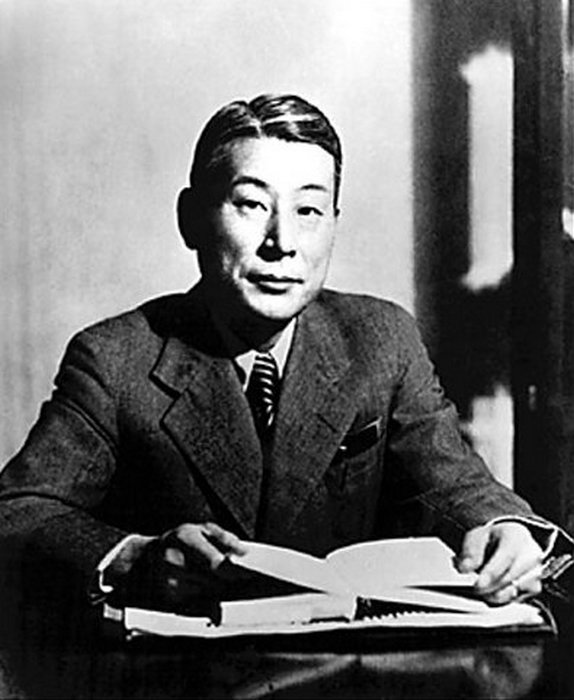tanya
Japanese genre movie. Yakuza Eyga
 The Yakuza movie screening followed two canons: Yakuza – noble fighters against evil, and Yakuza – greedy villains. From a historical point of view, both positions are justified. The early Yakuza (17-18th century) deserve to be romanticized even more than samurai. Then they were the lone outsiders hired by the peasants to fight the unbridled ronin and samurai in the civil service (hence the first friction with the law). Peasants often could not pay, so such self-defense units earned their living by playing games (8-9-3 or “i-ku-dza” – a losing combination) or small-scale trading. But then the Yakuza began to unite, pay more attention to making money, and the team does not lead to anything good. Therefore, by the beginning of the 20th century, the Yakuza began to become like ordinary bandits, and in the years after the Second World War Continue reading
The Yakuza movie screening followed two canons: Yakuza – noble fighters against evil, and Yakuza – greedy villains. From a historical point of view, both positions are justified. The early Yakuza (17-18th century) deserve to be romanticized even more than samurai. Then they were the lone outsiders hired by the peasants to fight the unbridled ronin and samurai in the civil service (hence the first friction with the law). Peasants often could not pay, so such self-defense units earned their living by playing games (8-9-3 or “i-ku-dza” – a losing combination) or small-scale trading. But then the Yakuza began to unite, pay more attention to making money, and the team does not lead to anything good. Therefore, by the beginning of the 20th century, the Yakuza began to become like ordinary bandits, and in the years after the Second World War Continue reading
Yakuza Eyga
 Yakuza Eyga (Jap. ヤ ク ザ 映 画, literally – gangster cinema) is a Japanese cinema genre dedicated to the yakuza, at different times allowing either heroization or absolute denial of these characters. In the 1960s and the first half of the 1970s, the genre absolutely dominated the film distribution of this country.
Yakuza Eyga (Jap. ヤ ク ザ 映 画, literally – gangster cinema) is a Japanese cinema genre dedicated to the yakuza, at different times allowing either heroization or absolute denial of these characters. In the 1960s and the first half of the 1970s, the genre absolutely dominated the film distribution of this country.
The formation of the genre
In the era of silent cinema, films about bakuto, the forerunners of modern yakuza, became widespread in Japan. Most often, the plots were dedicated to fictional or real historical characters, to noble lone robbers who came to the defense of peasants oppressed by the authorities. For example, at least 8 films were dedicated to the semi-legendary hero from the time of the Tokugawa clan Tyuji Continue reading
Japanese composer Jo Hisaishi
 Japanese composer Joe Hisaishi
Japanese composer Joe Hisaishi
Jo Hisaishi (久 石 譲 Hisaishi Jo 🙂 December 6, 1950, Nagano) – one of the most famous Japanese composers. The real name is Mamoru Fujisawa (藤澤 п). Hisaishi Joe is a pseudonym that phonetically mimics the name of the American composer Quincy Jones.
Joe Hisaishi Biography
Hisaishi began playing music at the age of five, taking violin lessons. Hisaishi became interested in musical minimalism, which determined the characteristic sound of his music, while studying at a music college, where he entered in 1969 to study composer. He released his first album, Information, in 1982. In 1983, Hisaishi recommended Hayao Miyazaki to write an accompanying album for the Nausicaa of the Valley of the Winds Continue reading



